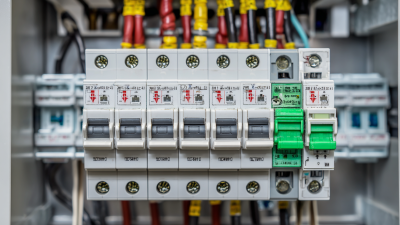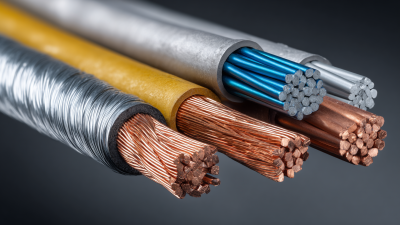In an era where modern homes are increasingly reliant on sophisticated electrical systems, understanding the function and significance of a Circuit Breaker has never been more crucial. According to the National Fire Protection Association (NFPA), electrical failures or malfunctions are responsible for approximately 13% of all residential fires, emphasizing the importance of robust electrical safety measures. Circuit breakers play a vital role in protecting homes from these hazards by automatically shutting off electrical circuits in the event of overloads or short circuits.
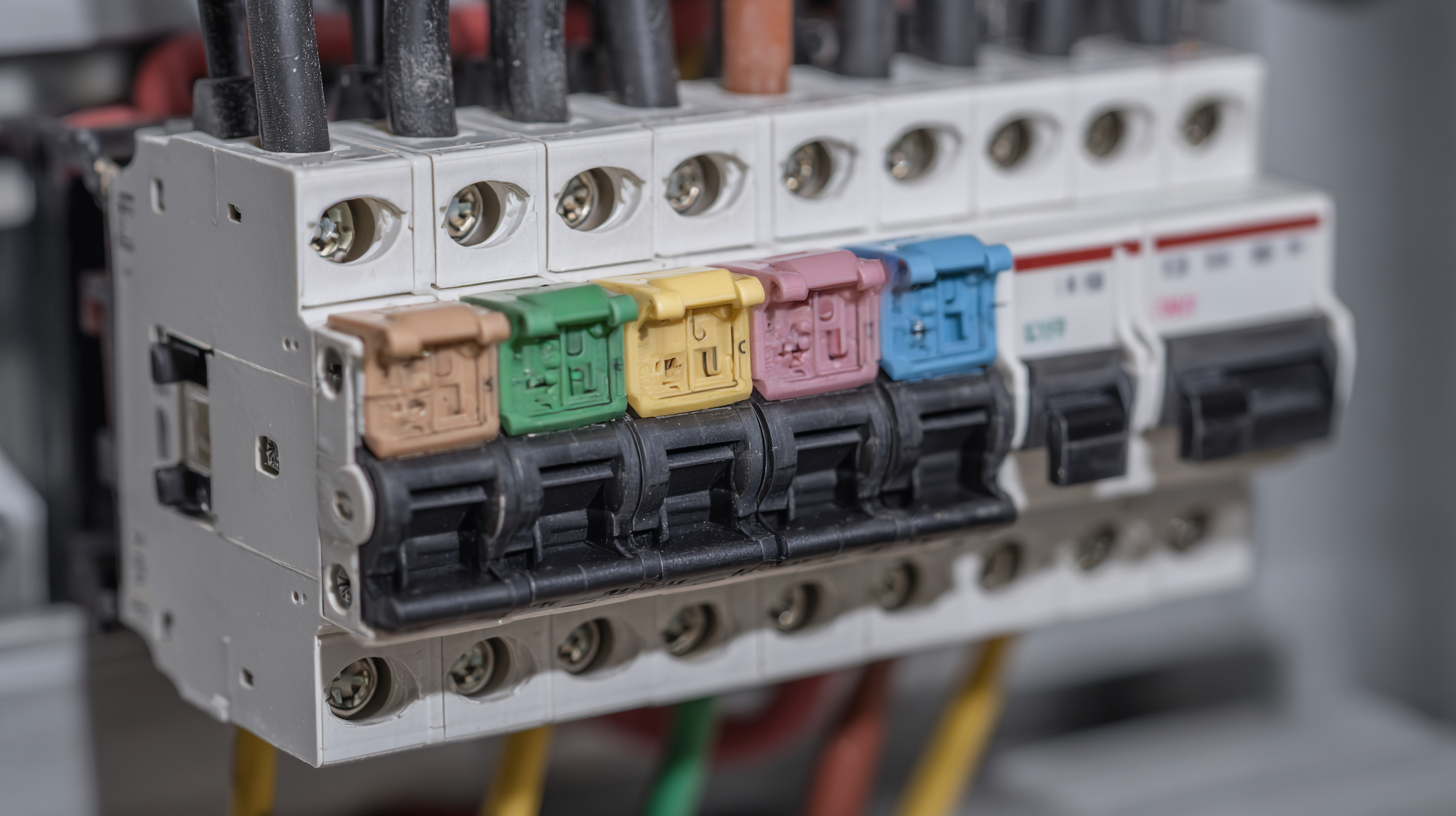
Furthermore, the Electrical Safety Foundation International (ESFI) reports that homes equipped with properly functioning circuit breakers are significantly less likely to experience electrical fires, thereby underscoring their essential role in safeguarding families and property. This guide aims to provide homeowners with critical insights into Circuit Breakers, their types, maintenance practices, and tips for enhancing electrical safety in today’s technologically advanced environments.
Circuit breakers are critical components in modern electrical systems, serving as the frontline defense against electrical overloads and short circuits. Among the various types, Miniature Circuit Breakers (MCBs) are widely used for residential applications due to their compact size and effectiveness in protecting circuits. According to a report by the International Electrotechnical Commission (IEC), MCBs have contributed to a significant reduction in electrical fires, which affect over 50,000 homes in the U.S. each year. The ability of MCBs to automatically disconnect the circuit during fault conditions is vital for enhancing electrical safety.
Another important type of circuit breaker is the Residual Current Circuit Breaker (RCCB), designed to prevent electrocution by detecting imbalances in electrical currents. The National Fire Protection Association (NFPA) states that homes equipped with RCCBs have seen a 30% reduction in electrical shock incidents, making them essential in modern home safety protocols. Additionally, these devices can be installed alongside MCBs for double-layered protection, ensuring both overload safety and the prevention of electric shocks, which is critical in residential settings. Understanding and utilizing these circuit breaker types can significantly improve electrical safety in contemporary households.
Circuit breakers are vital components in modern electrical systems, designed to protect homes from electrical faults that could lead to fires or damage to appliances. When an electrical circuit experiences an overload or a short circuit, the circuit breaker automatically interrupts the flow of electricity. This quick response prevents excessive heat buildup in wires, mitigating the risk of electrical fires. By doing so, circuit breakers serve as the first line of defense in safeguarding both property and life.
In practice, circuit breakers function using a mechanism that detects fault conditions. When current flow exceeds a predetermined limit, a magnetic or thermal element within the breaker trips, flipping a switch to break the circuit. Homeowners can easily reset most circuit breakers by returning the switch to its original position after addressing the underlying issue. With advancements in technology, modern circuit breakers can also provide features such as ground fault protection and arc detection, enhancing safety and ensuring efficient operation of electrical systems in contemporary households.
When selecting circuit breakers for modern homes, several important features should be taken into account to ensure electrical safety. Firstly, the type of circuit breaker is crucial; options include standard circuit breakers, Ground Fault Circuit Interrupters (GFCIs), and Arc Fault Circuit Interrupters (AFCIs). Each type serves different purposes, from protecting against ground faults to preventing electrical fires caused by arcing. Homeowners should assess their specific electrical needs to determine which type offers the best protection.
Another key feature is the breaker’s amperage rating. This rating dictates the maximum amount of current the circuit can handle before tripping. It's essential to choose a breaker with a rating that suits the devices and appliances it will protect. Additionally, consider the manufacturer's quality and reliability; investing in well-made breakers can enhance safety and reduce the risk of malfunctions. Lastly, compatibility with smart home systems is becoming increasingly important, allowing for improved monitoring and management of electrical consumption in modern households.
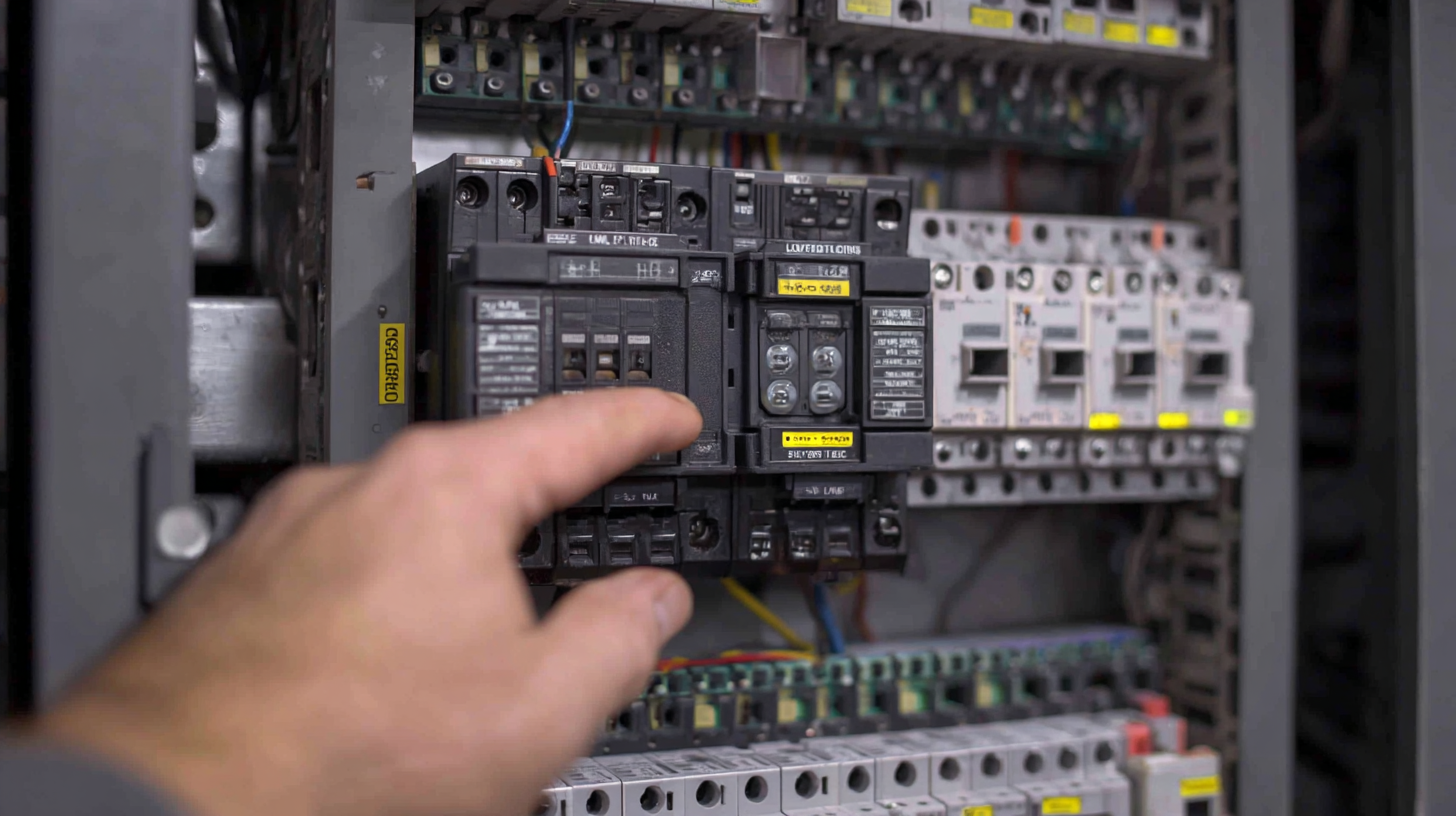
In modern homes, understanding the safety standards and regulations for circuit breakers is crucial for ensuring electrical safety. The residential circuit breaker market is projected to reach USD 7.7 billion by 2024, growing at a robust CAGR of 9% from 2025 to 2034. This growth highlights the increasing importance of circuit breakers in safeguarding homes against electrical issues that could lead to fires or equipment damage.
Recent updates to electrical codes, such as those in Omaha, illustrate the proactive steps being taken to address affordable housing concerns while enhancing safety regulations. As homeowners face the need for modernization, electrical service companies are expanding their offerings to meet these new standards. This includes troubleshooting services and circuit breaker upgrades to ensure compliance with the latest safety guidelines, emphasizing the need for continuous education and diligence in electrical safety practices.
When it comes to circuit breakers, understanding common issues and effective troubleshooting methods can significantly enhance electrical safety in modern homes. Overloaded circuits are a frequent cause of breaker tripping, and statistics reveal that electrical failures account for nearly 30% of home structure fires, emphasizing the importance of having a proper circuit management system in place. Homeowners should regularly inspect their breakers for signs of wear, such as discoloration or unusual noises, which may indicate underlying issues that need prompt attention.
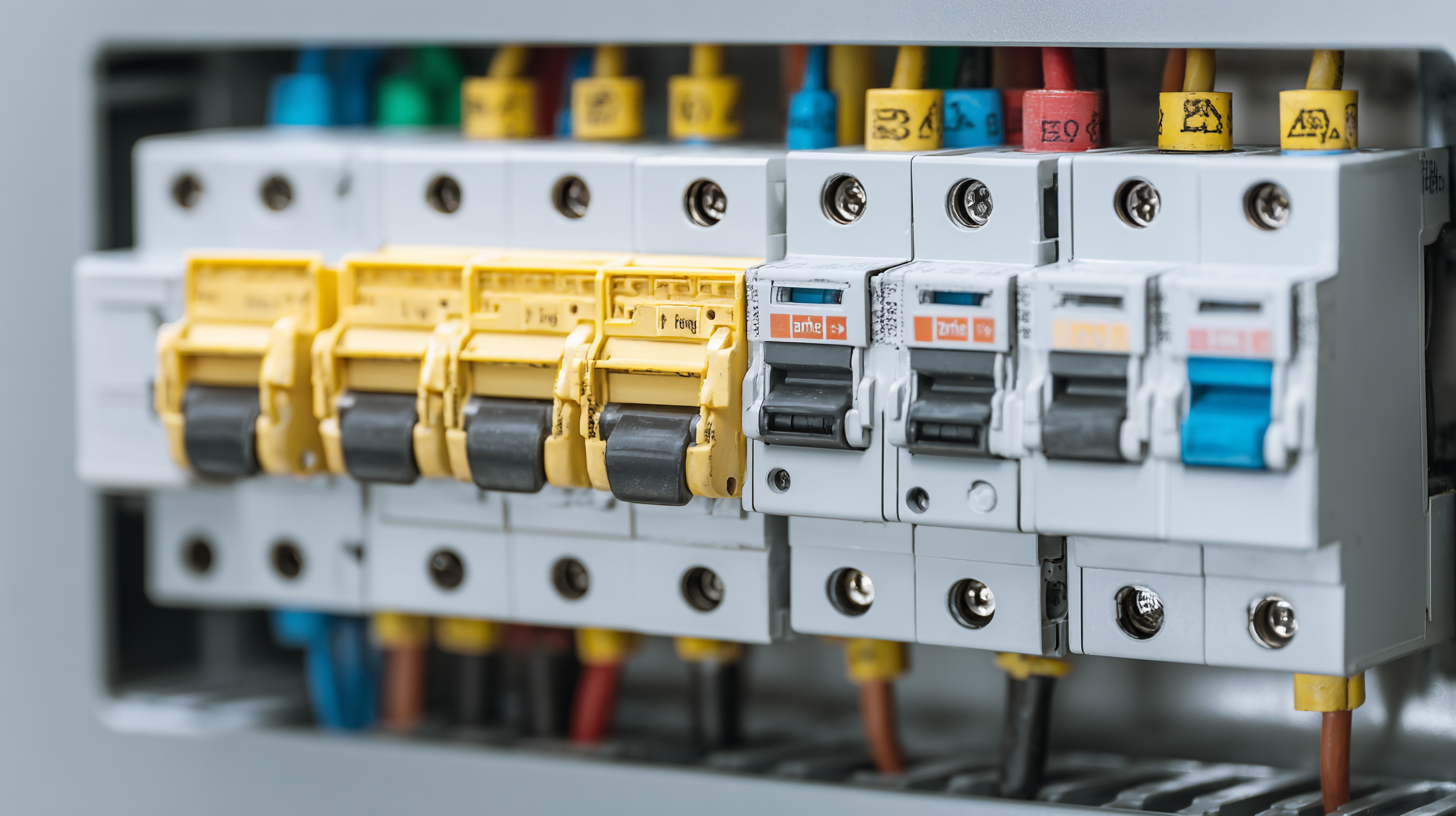
In situations where a breaker frequently trips without an obvious overload, it’s crucial to investigate other potential causes. For instance, an outdated or failing circuit breaker could compromise safety. Professional electricians often recommend that homeowners familiarize themselves with their electrical systems and perform routine checks. By implementing simple troubleshooting steps—like resetting the breaker and inspecting connected appliances—homeowners can prevent minor issues from escalating into major safety hazards. Regular maintenance and awareness are key factors in ensuring a reliable electrical system, keeping both homes and families safe.


